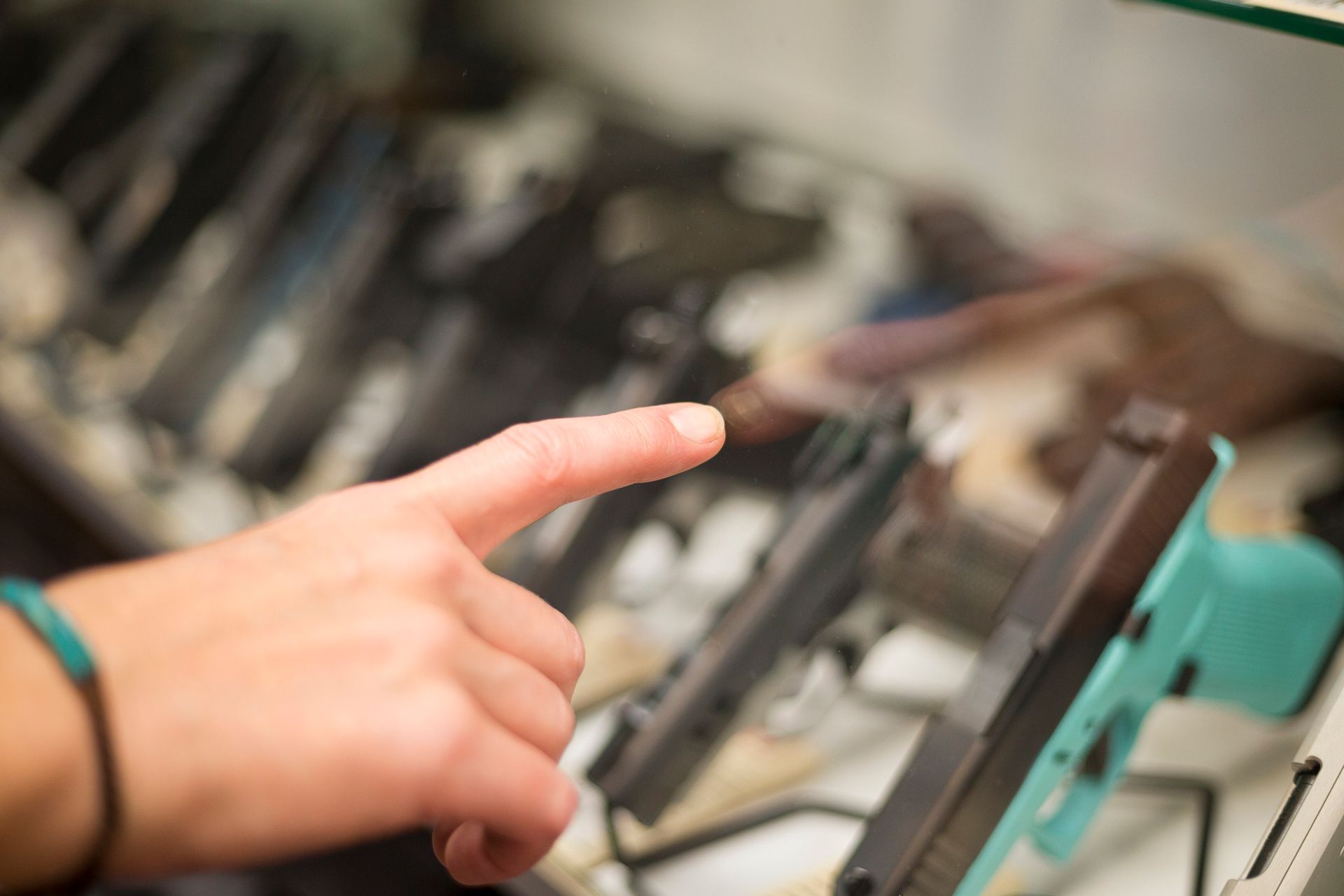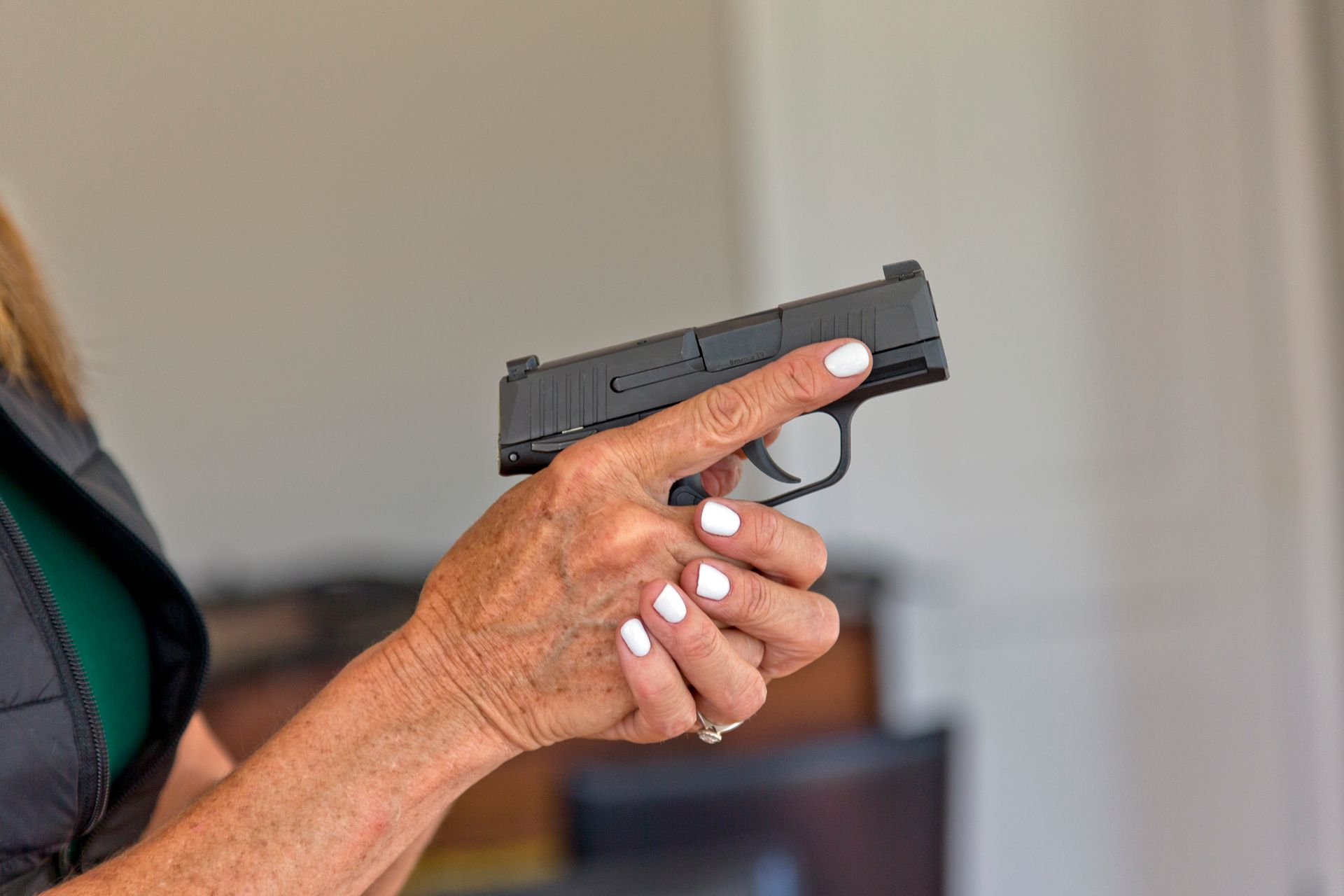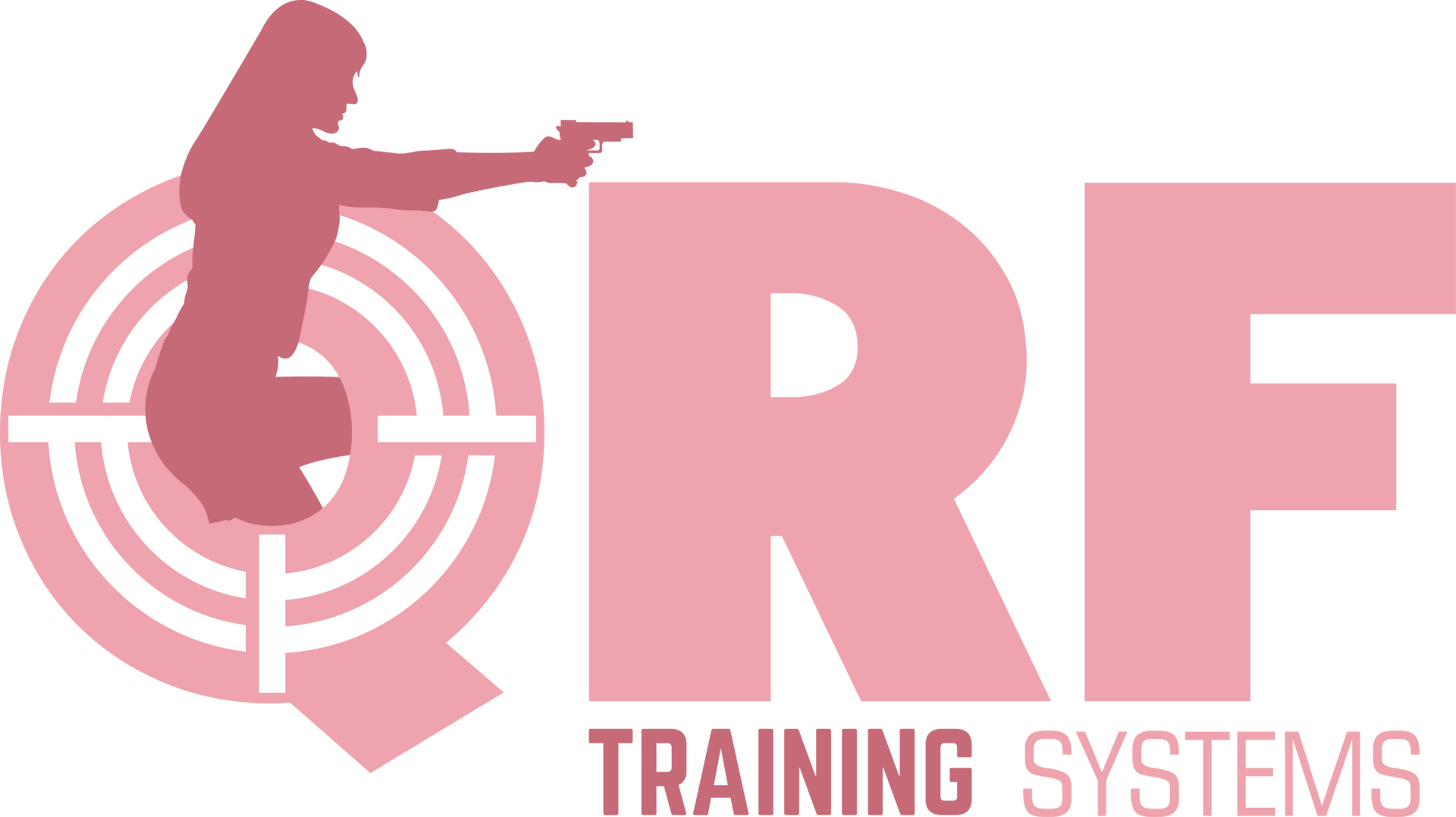RULES OF ENGAGEMENT
Even before purchasing a firearm every law abiding citizen MUST know the law.
The laws governing self-defense vary from state to state. The two main legal doctrines affecting concealed carriers are so-called “stand your ground” and “duty to retreat.”
A common thread is that a person has no duty to retreat before using force if he or she is lawfully present and facing an imminent deadly threat. The Castle Doctrine applies in a home-defense situation, allows an individual to use deadly force without retreating in his or her own home. Even in the comfort and relative safety of your own home, deadly force is a last resort.
As a concealed carrier in public, you should ONLY draw a weapon when you are confronted with an immediate and unavoidable threat. You must be able to demonstrate that a reasonable person (juror) would agree that you or another person is about to suffer serious bodily harm or death, you must be sure that no option to escape exists and that the threat was imminent.
Imminent threat factors include:
- The presence of a weapon, such as a gun, knife, or blunt object
- A clear intent to cause harm, which can include verbal threats or aggressive behavior
- A lack of available escape options
- Your use of force must be proportional to the threat you face.
- Not all situations warrant drawing a firearm. Your brain should be your first force option.
What happens after:
- If a 911 call is warranted, provide minimal but essential information. A statement such as, “There has been a shooting. I was attacked and defended myself. Please send police and medical personnel,” is appropriate.
- Let your attorney handle statements to the police. He or she should be someone who specializes in self-defense cases. When your liberty is at stake, you do not want an inexperienced lawyer. Protecting your words is just as important as protecting yourself.
Continuing Education:
- Owning and carrying a firearm is an ongoing commitment that requires continuous training. Train in drawing and firing from a holster under stress. Practice shooting from cover, target identification including threats and non-threats. Gun laws are constantly changing, so know the law in your area. It is also wise to carry self-defense insurance to cover legal costs in case of an incident.




